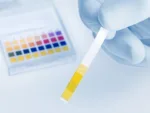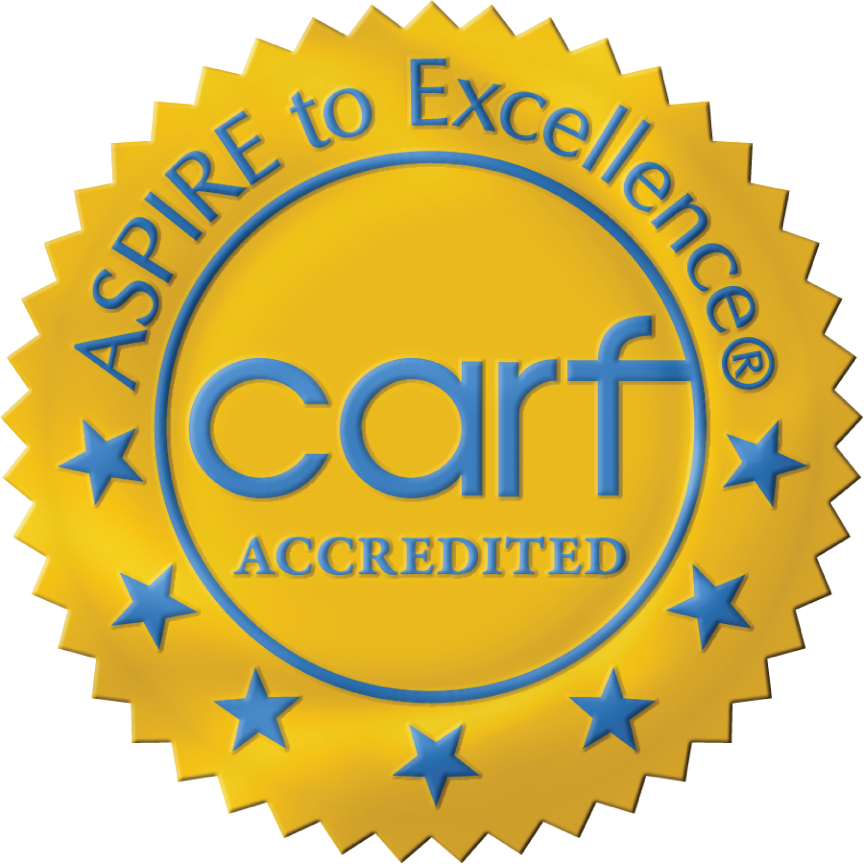
Roxicodone (30 mg Roxy) and Roxicet: Understanding the Risks and Dangers
Roxicodone, often referred to as “30 mg Roxy,” is a powerful opioid painkiller that is commonly misused due to its potent effects and high addiction potential. This prescription medication contains oxycodone, a highly addictive opioid that can cause euphoria, sedation and respiratory depression. Another commonly associated medication is Roxicet, which combines oxycodone with acetaminophen. Both drugs are prescribed for moderate to severe pain but are frequently abused, leading to serious health risks, dependence and even overdose.
What Is Roxicodone (30 mg Roxy)?
Roxicodone is a brand-name version of oxycodone, a Schedule II controlled substance. It is an immediate-release formulation, meaning it takes effect quickly, which contributes to its high potential for abuse. The 30 mg Roxicodone pill is particularly sought after due to its strong effects.
Effects of Roxicodone include:
- Pain relief
- Euphoria and relaxation
- Drowsiness or sedation
- Slowed breathing and heart rate
- Dizziness and confusion
Because of its rapid onset, people who misuse 30 mg Roxy often crush, snort or inject the drug to achieve a more intense high. This dramatically increases the risk of overdose and dependence.
What Is Roxicet?
Roxicet is another prescription opioid medication that contains a combination of oxycodone and acetaminophen (the active ingredient in Tylenol). It is similar to Percocet and is prescribed for pain relief. However, abusing Roxicet poses a double threat—not only can oxycodone cause opioid addiction and overdose, but high doses of acetaminophen can cause severe liver damage.
Dangers and Risks of Roxicodone and Roxicet
Both Roxicodone (30 mg Roxy) and Roxicet come with serious risks, especially when misused. Some dangers include:
1. Addiction and Dependence
Oxycodone is highly addictive. Even when taken as prescribed, users may develop physical dependence, leading to withdrawal symptoms when they stop. Misuse, such as taking higher doses or using it recreationally, significantly increases the risk of opioid addiction.
2. Overdose Risk
Taking too much Roxicodone or Roxicet can cause an opioid overdose, which can be fatal. Symptoms of overdose include:
- Slow or stopped breathing
- Extreme drowsiness or unconsciousness
- Cold, clammy skin
- Pinpoint pupils
- Bluish lips or fingertips
Opioid overdoses require immediate medical attention. Narcan (naloxone) can reverse an overdose, but emergency help is still necessary.
3. Liver Damage (With Roxicet)
Acetaminophen in Roxicet can be toxic to the liver when taken in high doses. Long-term abuse can lead to liver failure, requiring a transplant or resulting in death.
4. Withdrawal Symptoms
Once dependent on 30 mg Roxy or Roxicet, stopping use can trigger painful withdrawal symptoms, including:
- Muscle aches and joint pain
- Nausea, vomiting and diarrhea
- Anxiety and depression
- Sweating and chills
- Intense cravings
Getting Help for Opioid Addiction
If you or a loved one is struggling with Roxicodone or Roxicet addiction, professional treatment is crucial. Bluff Augusta offers comprehensive addiction treatment programs, including:
- Medical detox – Safely managing withdrawal symptoms under medical supervision
- Inpatient and outpatient rehab – Providing therapy, support and relapse prevention strategies
- Medication-assisted treatment (MAT) – Using Suboxone or methadone to ease withdrawal and reduce cravings
- Therapy and counseling – Addressing the underlying causes of addiction through individual and group therapy
Take the First Step Toward Recovery
Abusing Roxicodone (30 mg Roxy) or Roxicet can lead to serious health consequences, addiction and overdose. If you or someone you love is struggling, recovery is possible with the right help. At Bluff Augusta, we provide expert care and support to help individuals break free from opioid addiction and regain control of their lives.
Don’t wait—seek help today. Contact Bluff Augusta to learn more about our addiction treatment programs.








